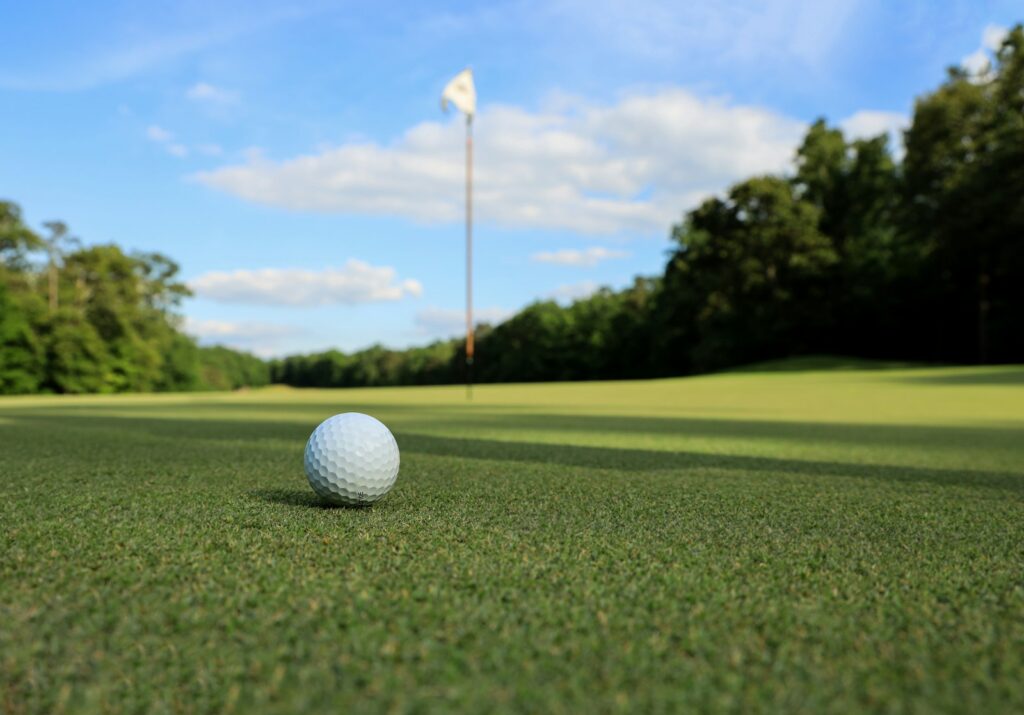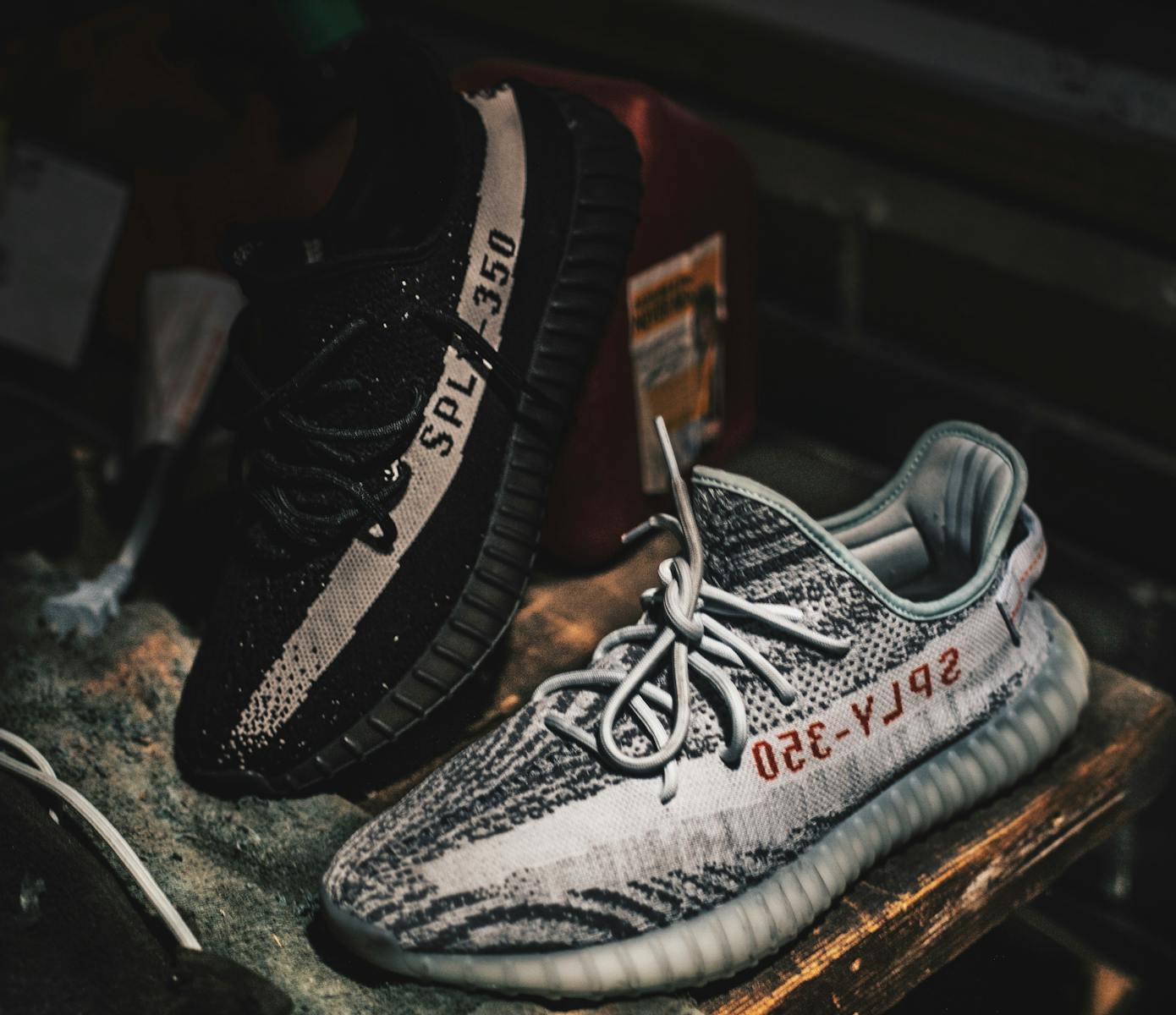
Golf, a sport enjoyed by millions worldwide, offers both challenge and immense satisfaction. As the game’s popularity surges, so does the array of equipment available, making the task of choosing the right clubs incredibly daunting. Whether you’re a seasoned enthusiast looking for an upgrade or a beginner just starting out, the sheer volume of drivers, irons, wedges, and putters from renowned brands like TaylorMade, Ping, Callaway, and Titleist can leave any golfer feeling overwhelmed.
This complexity often leads to significant regrets, especially when amateurs rush into purchases without adequate information or consideration. From chasing perceived bargains in the used market to falling for marketing hype on brand-new models, many golfers find themselves wishing they could “unbuy” certain clubs. These missteps not only impact performance on the course but can also lead to financial frustration, turning what should be an enjoyable pursuit into a source of disappointment.
In this comprehensive guide, we’ll delve into 14 critical mistakes amateur golfers frequently make when buying both used and new clubs. Our aim is to equip you with the knowledge to make informed decisions, ensuring your next equipment purchase genuinely enhances your game and enjoyment. We’ll break down the nuances of club selection, highlight potential pitfalls, and offer practical advice to help you avoid common regrets and step onto the green with confidence.
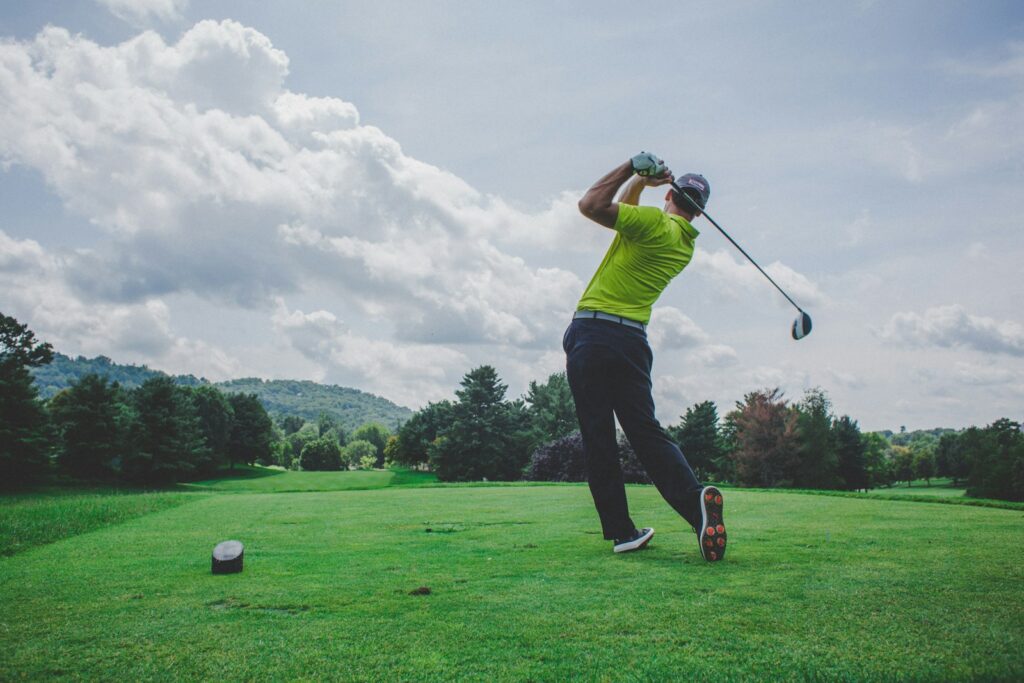
1. **Ignoring Your Specific Club Specs (Length, Lie, Flex)**It’s a common scenario: you spot a fantastic deal on a set of clubs, or a friend raves about their driver, and you’re tempted to buy without a second thought. However, one of the most fundamental mistakes amateur golfers make, leading to deep regret, is neglecting to consider their personal club specifications. These aren’t just arbitrary numbers; they are critical factors like club length, lie angle, and shaft flex that profoundly influence your swing mechanics, ball striking, and overall performance on the course. Getting these wrong can sabotage your game before you even hit your first shot.
If you’re new to golf or simply unsure about what specifications suit you best, the importance of consulting a golf professional or a club-fitting expert cannot be overstated. Even if it means starting with “standard, off-the-rack clubs,” understanding your baseline needs is the first step toward finding equipment that complements your physical attributes and swing style. These experts can provide invaluable guidance, helping you establish a foundation for your equipment choices that will pay dividends in consistency and enjoyment.
The consequences of playing with ill-fitted clubs are far-reaching and frustrating. When the lie angle is incorrect, for instance, your clubface might be open or closed at impact, leading to “inconsistent shots” that stray left or right. A shaft flex that doesn’t match your swing speed can cause issues like ballooning shots or a severe loss of distance. These discrepancies collectively result in “poor ball striking,” making it difficult to achieve solid contact and generate the desired trajectory and power.
Ultimately, the closer your clubs are “dialed in to the ideal fit,” the better you’re going to be and the more fun you are going to have on the course. Beyond performance, there’s also an “increased risk of injury” associated with consistently compensating for poorly matched equipment. Taking the time to understand your specs or get a professional assessment is a preventative measure against long-term frustration and a crucial step toward unlocking your true potential on the golf course.
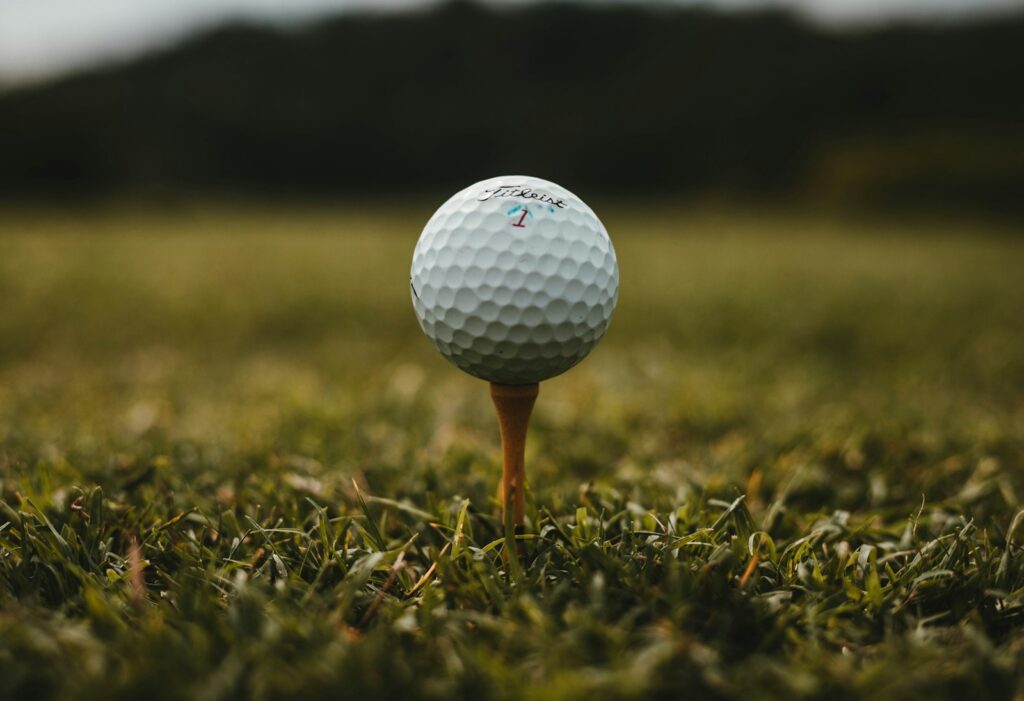
2. **Failing to Inspect Key Components for Wear/Damage**When you’re considering a used set of clubs, the allure of a lower price tag can sometimes blind you to critical details. A significant regret for many amateurs stems from failing to thoroughly inspect the key components of a club for wear and damage. While a club might appear visually appealing from a distance, a closer look at crucial areas can reveal hidden problems that drastically affect its playability and lifespan, transforming a seeming bargain into a costly headache.
Start by examining the ferrules, those small plastic pieces that sit between where the shaft meets the club head. While primarily cosmetic, their condition can be a telling indicator. If you notice a set with “one or two that don’t match,” it’s a strong sign that “those clubs have been repaired at some point.” This doesn’t automatically mean the clubs are bad, but it absolutely necessitates “extra clarification, and potentially the club’s history if available,” allowing you to understand any underlying issues or repairs that might have been made.
Moving to the shafts, the inspection process differs slightly between steel and graphite. For steel-shafted clubs, the rule is simple: “if they’re bent, dinged or show visible signs of rust, say no thanks.” These issues compromise the shaft’s integrity and performance. With graphite shafts, the focus should be on “any excessive paint wear or cracks around the area where the shaft goes into the head.” This “high-stress area of the club” is prone to damage, and “if this high-stress area of the club shows any cracks it means there is damage and the chance of breakage is high.” Ignoring these signs can lead to sudden club failure during a swing.
The grooves on irons and wedges are another critical area, directly impacting your ability to control the ball. For these clubs, “make sure the grooves are in fairly good shape and clean.” Ideally, you want them to be “as fresh and sharp as possible,” as “worn grooves reduce: Spin control, Stopping power on the green, Consistency in ball flight.” If the grooves appear “REALLY shallow or non-existent,” it’s “a bad sign,” indicating a significant loss of performance. Furthermore, check for “any major dings or gouges in the grooves,” which can cause inconsistent ball interaction.
Finally, don’t neglect the soles and leading edges of irons and wedges. While “minor dings and nicks will be ok,” you should “just make sure the soles and “leading edges” don’t have any major damage to them.” “Sharp chunks and glaring blemishes” are definite red flags that could affect how the club interacts with the turf, leading to poor contact and increased frustration. Thoroughly checking these details before purchase can save you from a regrettable investment.

3. **Neglecting the Condition of Grips**Among the various components of a golf club, grips are often surprisingly overlooked by amateur buyers, especially when considering used equipment. Yet, the condition of your grips plays a pivotal role in your control, feel, and ultimately, your confidence with each swing. Many golfers discover too late that a bargain on clubs comes with the hidden cost of immediate re-gripping, or worse, they continue to play with slick, worn-out grips that actively hinder their game.
For “any older clubs going back multiple generations,” it’s almost a given that “you should be prepared to get them re-gripped, so factor that cost into your used-club budget.” However, this isn’t necessarily a drawback. The silver lining here is that “new grips, even on older clubs, will make those clubs feel like new and uniquely yours.” This personal touch can significantly enhance your connection to the club and improve your sense of control, often at a fraction of the cost of brand-new equipment.
The benefit of good grips extends beyond just feel; they are crucial for maintaining consistent clubhead speed and preventing the club from slipping in your hands, particularly in adverse weather conditions. If you’re unsure which grips are right for you, resources like “optimum grip guide” can provide “tips on selecting the style, shape, and size that’s best for you.” Investing a little thought and budget into proper grips can instantly transform a mediocre used club into a valuable asset in your bag.
Read more about: Warren Buffett’s 14 Indispensable Financial Wisdoms for Young Actors Building Lasting Wealth
4. **Skipping Clubs with Adjustability Features (When Not Custom Fit)**In the quest for better performance and a more consistent game, many amateur golfers overlook a powerful tool available in modern clubs: adjustability. If a full custom fitting isn’t within your budget or current plans, perhaps when buying used clubs, then deliberately choosing clubs that offer adjustability, particularly drivers, fairway woods, and hybrids, becomes an incredibly smart strategic move. It’s a regret waiting to happen when you pass up on this versatile feature.
Modern adjustable clubs provide “one of the fastest and easiest ways to get you dialed into some extra distance, more consistence and straighter shots.” This built-in flexibility allows you to fine-tune crucial settings like loft, lie, and face angle, adapting the club to your evolving swing or varying course conditions. Without adjustability, you’re locked into a fixed configuration, which might not be optimal for your game, leading to frustration and underperformance that could have been easily avoided.
The good news is that operating these adjustable clubs is far from complex. “The best part is that every club manufacture now offers an online guide on how to adjust their clubs so you don’t need an engineering degree to do it yourself — just a few moments and a torque wrench.” This accessibility empowers you to experiment with different settings, understanding how each adjustment impacts your ball flight and consistency, without needing professional assistance for every tweak.
Embracing adjustability means you can personalize your equipment to a certain degree, even without the expense of a full custom fitting. It offers a practical bridge between off-the-rack limitations and fully customized performance. For amateur golfers seeking continuous improvement and greater control over their ball flight, choosing adjustable drivers, fairway woods, and hybrids is a proactive step that minimizes potential regrets related to equipment fit and performance.
5. **Not Testing Clubs Before Purchase**Despite all the research and online reviews, there’s simply no substitute for getting a club into your hands and hitting some shots. A significant regret for many amateur golfers is purchasing clubs without adequately testing them first. Whether you’re eyeing a brand-new driver or a pre-owned iron set, skipping the testing phase is a gamble that often doesn’t pay off, leaving you with equipment that feels wrong or performs unexpectedly on the course.
This step “may require a little ego swallowing,” especially when considering used golf clubs, but it’s an essential part of making an informed decision. Testing provides invaluable insights, giving you “a sense of what works best for you,” revealing “any hidden flaws you can’t see just by looking at them,” and offering “a generally better perspective.” It’s an opportunity to experience the club’s weight, balance, and feel, which are subjective elements impossible to gauge from specifications alone.
Testing is particularly important “if you aren’t really sure what kind of golf gear works for you.” It’s a hands-on learning experience that can confirm if “you’re swinging the right flex, weight, and maybe lofts” for your unique swing. Many golf retailers, including “Golf Galaxy, PGA Tour Superstore or golf shop,” offer facilities where you can demo clubs, providing a realistic environment to assess performance with your own swing.
Regardless of whether you’re a seasoned player or just starting, “I strongly encourage you to test the gear if it’s an option.” This step mitigates the risk of buyer’s remorse, ensuring that the clubs you ultimately choose genuinely complement your game and contribute to more enjoyable rounds. A few swings on a simulator or driving range can prevent months of frustration on the course.
Read more about: Beyond the Bling: 9 Frugal Habits Millionaires Embrace to Build and Sustain True Wealth
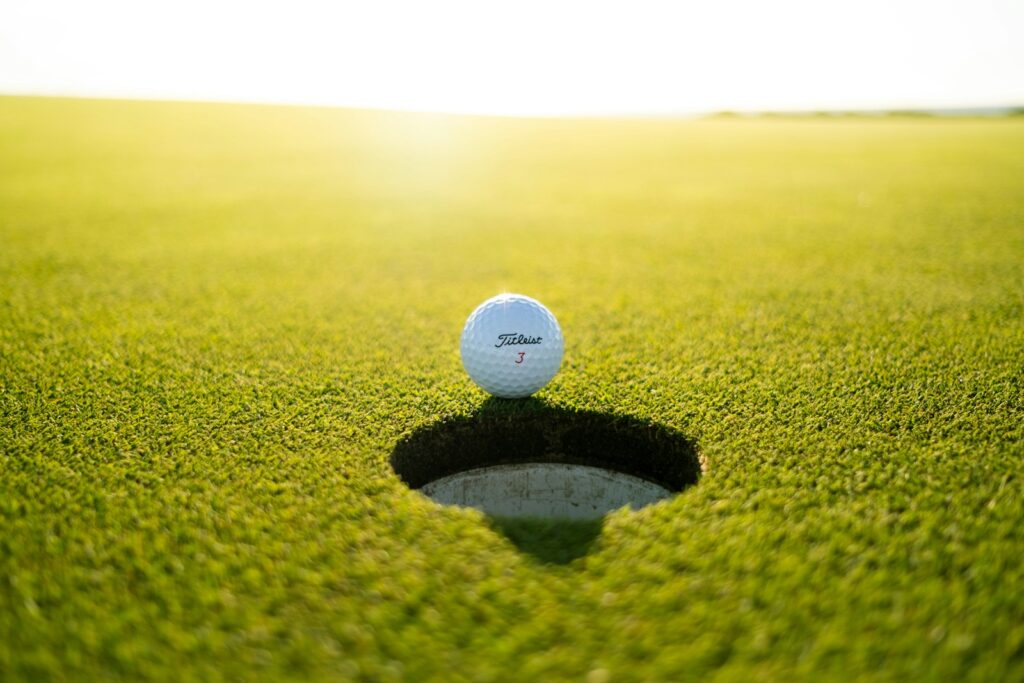
6. **Buying from Unreputable Sources**In the thriving market for golf equipment, particularly with the proliferation of online platforms, a costly mistake many amateur golfers make is buying clubs from unreputable sources. The temptation of an unbelievably low price on what appears to be a high-end club can be incredibly strong, but the regret that follows when you discover you’ve purchased a fake, a damaged item, or simply something not as described, is profound. This one is really simple: trust matters.
“This one is really simple — if you want to avoid buying fake or counterfeit clubs, buy them from trusted sources.” The market is unfortunately rife with counterfeit golf equipment, designed to look like genuine brands but offering none of the performance or durability. These replicas are often cheaply manufactured and can break easily, offering zero value and significant disappointment. Reputable sellers, whether online or local, play a crucial role in safeguarding your investment.
“Whether it’s online or a local retailer, reputable sellers always take the time to confirm the authenticity of clubs before taking them in.” This critical step removes one of the biggest risks associated with buying used clubs, “especially from less experienced golfers” who may lack the expertise to spot fakes. Websites like Next2NewGolf, for instance, are highlighted as being “5 star rated on google from their customer reviews” and “quality checks and authenticates every club and piece of equipment that is sold on their website.”
Furthermore, trusted sources typically offer robust “return policies” or warranties, providing “the reassurance that if the product isn’t quite right, you can get a full refund.” This peace of mind is invaluable, ensuring that if any unforeseen issues arise, you’re not left stuck with a bad deal. Opting for reputable sellers is not just about avoiding fakes; it’s about securing a transparent, reliable, and ultimately, satisfying purchase experience.
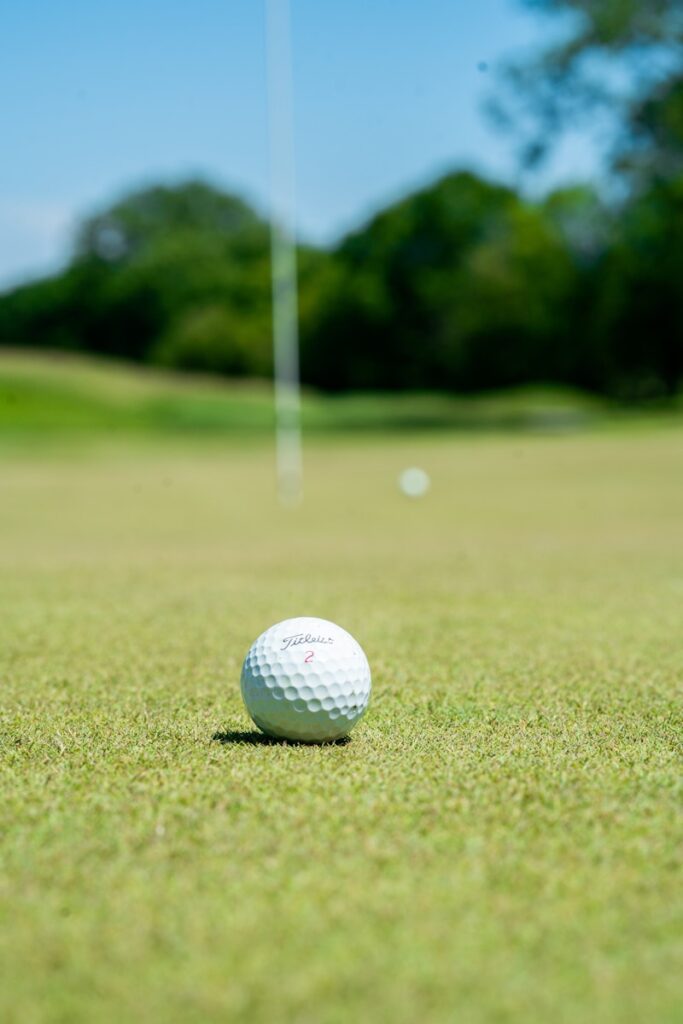
7. **Underestimating the Impact of Club Age**While the allure of deeply discounted, older generation clubs is undeniable, a common regret among amateur golfers is underestimating the actual impact of a club’s age on their game. It’s true that “you can buy super old clubs and save a ton of money,” but this comes with a significant trade-off: “you will be missing out on some big advances” in technology and design that have dramatically reshaped golf equipment in recent years. This oversight can cost you strokes and enjoyment.
Modern golf club technology has made remarkable strides, particularly in areas like forgiveness and performance. Clubs designed within the last decade feature innovations that contribute to “more forgiving and better performing” characteristics. These advancements are specifically engineered to help golfers, especially amateurs, achieve “a larger ‘sweet spot’” and “more room for error when striking the ball whilst still hitting the ball straight.” Ping’s G425 Max driver, for example, is marketed as “the ‘most forgiving in golf’,” illustrating the tangible benefits of newer designs.
The argument that “the average amateur golfer that is not pursuing a career in professional golf would not notice a difference in performance between a brand new golf club and one that is 5 years old, or even older than that” holds some truth, but this is primarily in the context of *good quality* used clubs that are still relatively modern. The real regret comes when clubs are “older than 7-10 years” as they “may: Lack modern forgiveness features, Be made with outdated materials, Not meet today’s USGA regulations.” Such clubs can genuinely “hold back your game,” making consistency harder to achieve.
Therefore, while it’s wise to “work within your budget,” it’s equally important to “try and have an idea of what you’re actually getting for your money.” Balancing cost savings with technological relevance is key. A slightly older but still technologically relevant club (e.g., 3-5 years old) can offer incredible value, but venturing too far back in time can lead to a false economy, where the “bargain” club actually costs you strokes on the course due to its inherent limitations.
Having explored initial pitfalls amateur golfers encounter, from personal specs to scrutinizing used equipment, we now address the next crucial mistakes. These errors frequently plague players, particularly with new clubs or decisions impacting long-term performance. Avoiding these missteps can significantly enhance your game, prevent costly regrets, and ensure every swing feels optimized.
Read more about: The Definitive Look at MC Hammer’s Financial Downfall: 12 Mistakes That Led a Music Icon to Bankruptcy

8. **Falling for the “My Buddy Plays It” Trap**Your friend raves about his new driver, proclaiming it “THE BEST on the market.” The temptation to buy the exact same club, hoping to replicate his success, is strong. However, relying solely on a friend’s recommendation without personal testing is a significant mistake, often leading to buyer’s remorse and clubs that simply don’t perform for *your* game.
The fundamental issue lies in the unique nature of each golfer’s swing. Unless you “deliver the club exactly the same as he does,” the club will likely not work for you as it does for him. Swing speed, tempo, attack angle, and physical build mean what’s optimal for one can be detrimental to another. A driver that helps your friend might send your ball into the trees with a wicked hook.
While custom fitting is the “gold standard,” practical alternatives exist. It’s crucial to “demo that driver you’ve been eyeing up online and reading reviews on before buying.” This hands-on experience allows you to feel how the club interacts with your specific swing. “There’s nothing worse than spending your hard earned cash on a club that doesn’t work for you because someone told you it was the best option out there.” Prioritize personal fit.
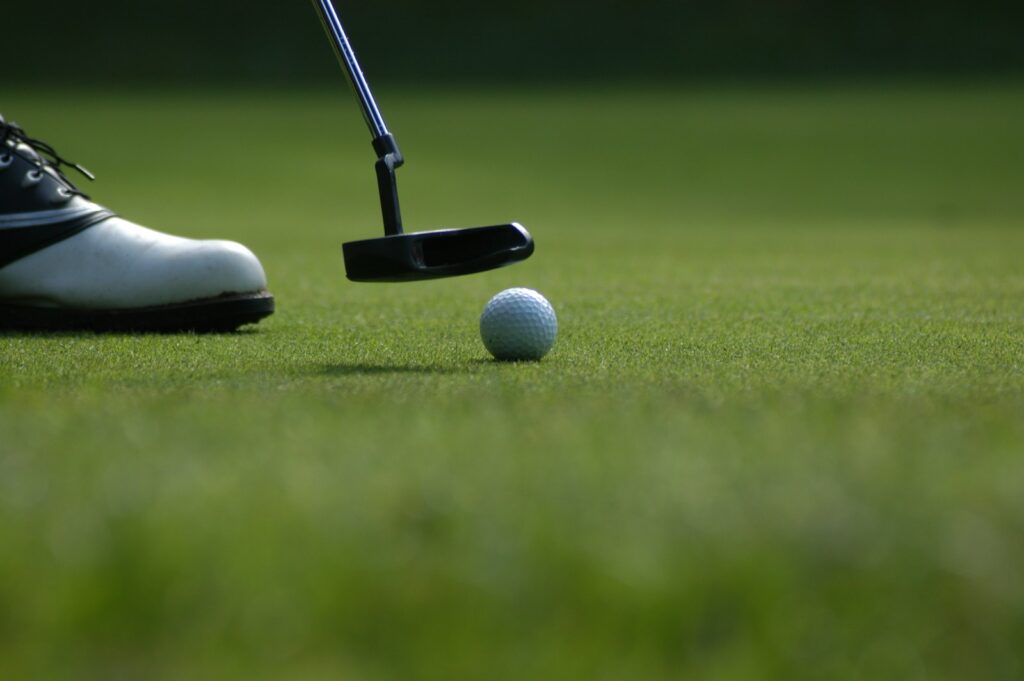
9. **Focusing on Only One Brand for Clubs**Many amateur golfers fall into the trap of brand loyalty, believing that sticking to a single manufacturer is best. This can stem from a positive experience or lack of market awareness. While “every OEM is making great clubs,” limiting yourself to one company is a common mistake, potentially restricting your performance.
By exclusively focusing on one brand, you restrict your options and may “be missing out on clubs that can truly benefit and maximize your performance.” Different manufacturers excel in specific areas. One might produce a forgiving driver, another irons with superior feel, or wedges with unparalleled spin control. A diverse bag, often seen among experienced golfers, leverages the best tool for each specific job.
To avoid this pitfall, “Go into your local shop and hit everything (no, seriously, do it).” Embrace a “brand agnostic” approach, letting performance data and personal feel guide decisions, not preconceived notions. “Your results may surprise you,” as a hybrid from one company might complement your game better, leading to a more optimized bag.
Read more about: From Humble Beginnings to Global Recognition: The Defining Career Journeys of Iconic Figures Named Chris
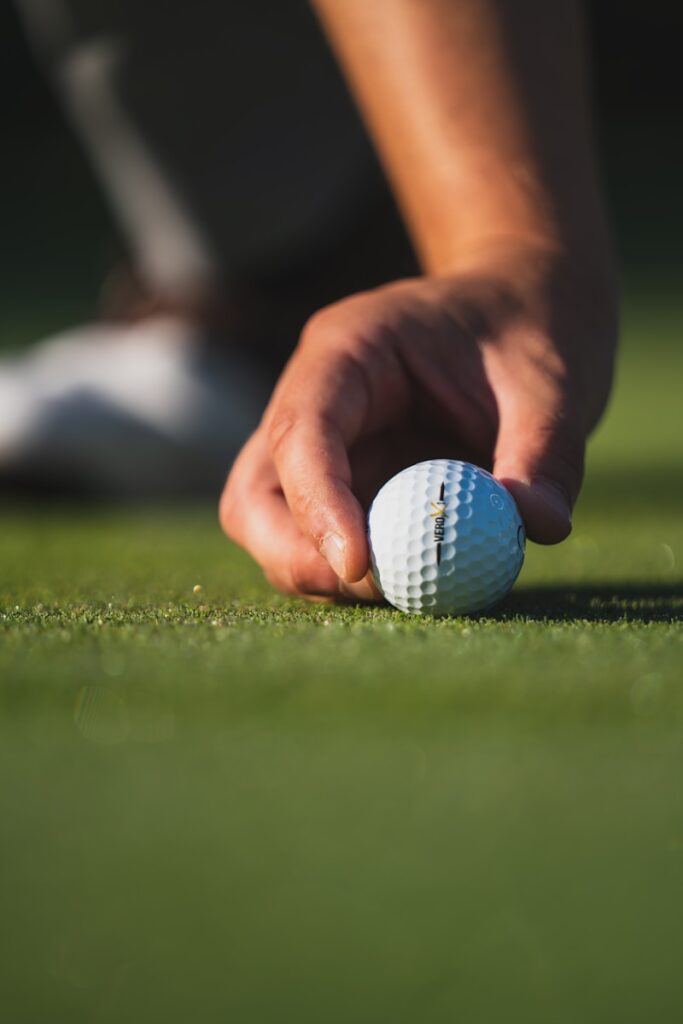
10. **Buying Clubs Off the Rack Without Proper Fitting**One of the most significant and avoidable mistakes amateur golfers make, especially with irons, is buying them “off the rack.” This often leads to long-term frustration, underperformance, and greater expense later. While it might seem convenient, selecting a set without custom fitting means relying on generic specifications that rarely align with your unique physical attributes and swing mechanics.
“Maybe you fit into standard lofts and lies and the stock shaft is the best fit for your swing.” However, for a purchase “upwards of $1,000 for a set of irons,” “maybe isn’t good enough.” Your height, wrist-to-floor, swing speed, and attack angle all influence ideal club length, lie angle, loft, and shaft flex. An off-the-rack set is designed for a hypothetical “average” golfer, a category few truly fit.
Custom fitting is more accessible and less costly than many assume. “OEMs offer a variety of no up-charge shafts,” providing a better-suited shaft without extra cost. At major retailers like “Golf Galaxy and the PGA Tour Superstore, fitting fees are waived with the purchase of a club.” “Buying off the rack is a big no-no, and a quick way to spend more money down the road that you could have avoided with a fitting.” Invest in a fitting.
Read more about: Phil Mickelson’s Garage Unveiled: The Golf Legend’s High-Performance Rides and Extravagant Lifestyle
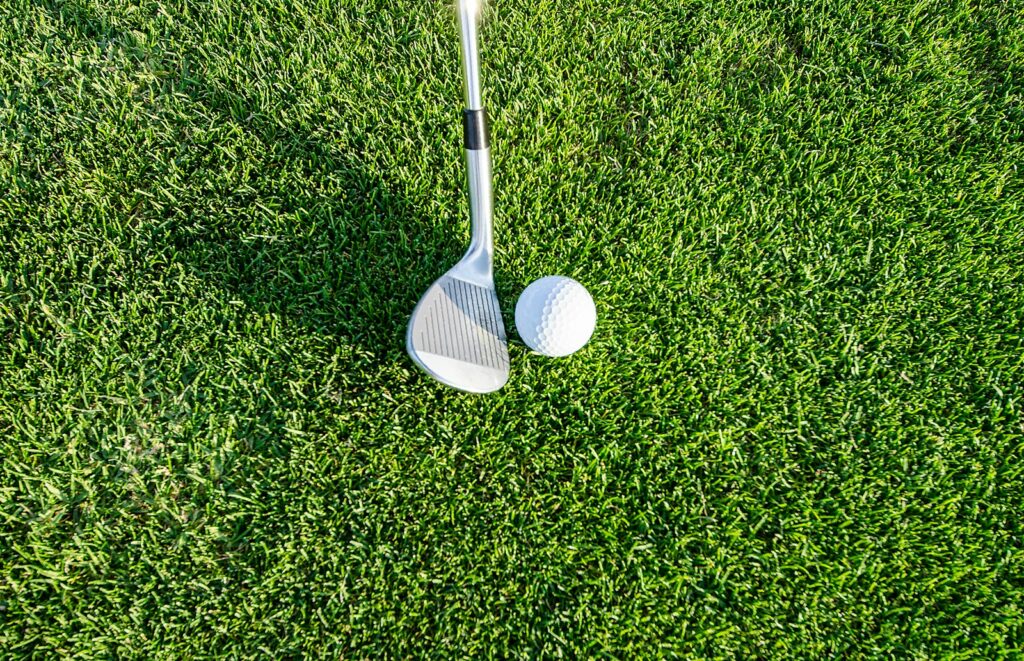
11. **Paying for “Premium Services” Like Shaft Puring**In pursuit of marginal gains, some amateur golfers fall victim to marketing for “premium services” with little actual benefit. One controversial service is paying for “pured golf shafts” or having irons “spine aligned” to supposedly play to the same frequency. While presented as “crucially important” by “certain fitting companies,” this is “totally unnecessary for every golfer” and often a significant waste of money.
Shaft puring aims to identify the stiffest plane, aligning it perfectly with the clubhead to improve consistency. However, for most amateur golfers, the impact of such minute discrepancies is negligible compared to larger variables like swing mechanics. The claim that “you do not need your irons spine aligned so that each plays to the same frequency” holds true.
This practice often serves to “increase their profit margin” rather than provide tangible performance. Instead of “paying upwards of $70 per shaft to “pure” your irons,” allocate savings elsewhere. “Grab a fairway wood with the money you’ll save,” or invest in lessons. Focusing on fundamental improvements and well-fitted standard equipment yields far greater returns than chasing imperceptible “premium services.”

12. **Buying Clubs Based Solely on Looks**Many golfers are drawn to the sleek lines and aesthetic appeal of certain clubs, like “those PING Blueprint S irons look FANTASTIC at address.” While “you have to like what you’re looking at,” making a buying decision “based on looks alone is a mistake waiting to happen.” This common pitfall prioritizes aesthetics over crucial performance, ultimately hindering a golfer’s game.
The issue is that visually appealing clubs, such as blade-style irons, are often designed for highly skilled players with consistent swings. “Unless you’ve got a dialed in swing and never miss the center of the face, there are much better options out there (that also look darn good).” Amateur golfers benefit more from game-improvement clubs offering greater forgiveness, a larger “sweet spot,” and technology to minimize off-center hits.
The key is to “check your ego at the door and play the clubs that find a balance of optimized performance and pleasing aesthetics.” Modern design offers many forgiving, high-performing clubs with attractive designs. Prioritizing how a club performs for *your* swing over its appearance leads to being “better set to shoot lower scores and have more fun.”
Read more about: Cruising in These 14 Classic Trucks? Here’s What Road Enthusiasts Secretly Think About You.
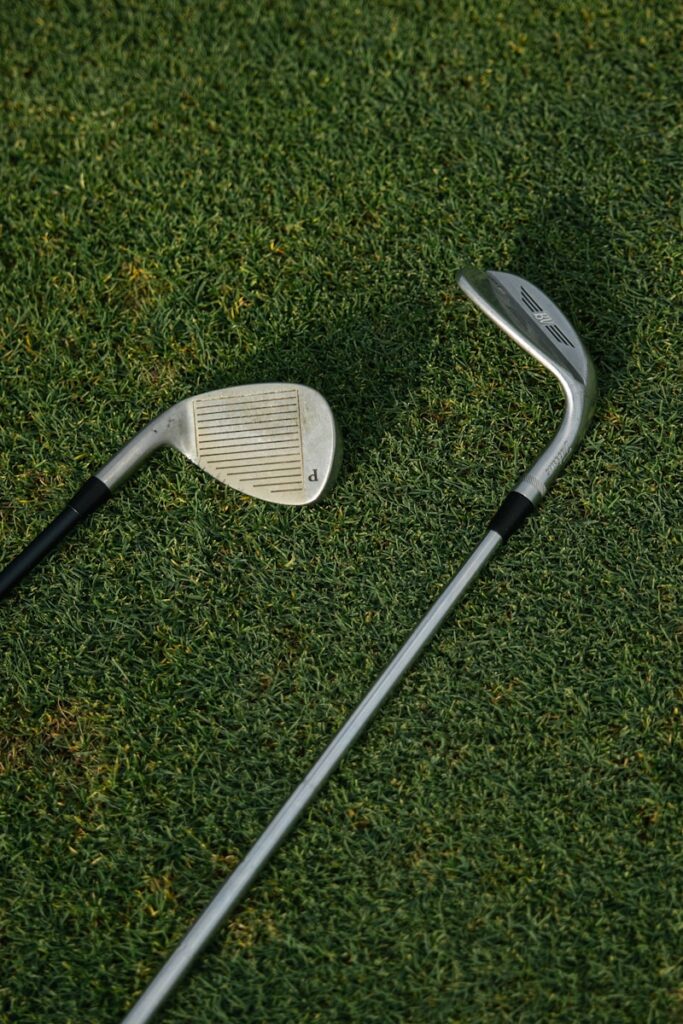
13. **Buying Without Opportunity for In-Person Inspection**The convenience of buying golf clubs online is undeniable. However, a significant regret for many amateurs comes from purchasing clubs without a thorough, in-person inspection. Online photos often “hide flaws like: Groove damage, Dents or cracks, Worn grips,” drastically affecting playability. This is especially true for used clubs, where “without an in-person inspection, you risk buying damaged or counterfeit clubs.”
Physically examining a club allows you to assess its true condition beyond superficial appearances. You can feel the grip, check grooves for wear, inspect the shaft for hairline cracks, and scrutinize the clubhead for “sharp chunks and glaring blemishes.” These details are vital indicators of a club’s remaining lifespan and performance integrity.
“If you can’t verify the club’s condition, it’s a risky buy.” This extends to authenticity, as “the market is unfortunately rife with counterfeit golf equipment.” While reputable online sellers provide detailed photos, nothing beats holding the club. If an in-person visit isn’t possible, prioritize “trusted sellers like: Certified pre-owned retailers… [or] Reputable online stores with detailed photos and reviews” that offer clear return policies.
Read more about: Navigating the Future: 12 Automotive Marketing Trends Driving Success in 2025
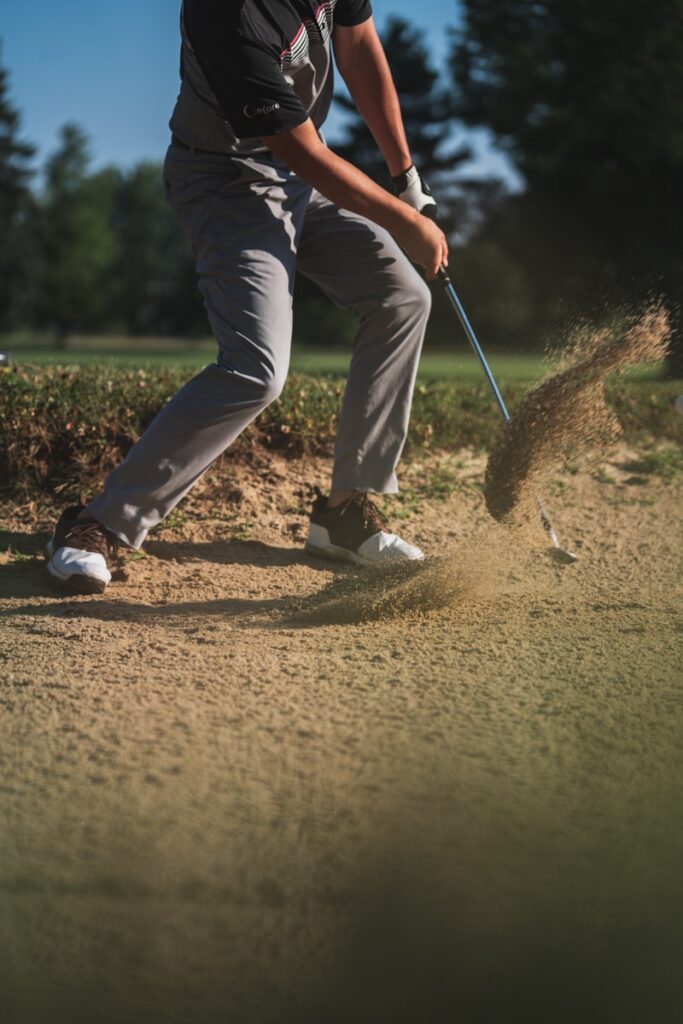
14. **Ignoring Return Policies or Warranties**In the rush for a great deal, many amateur golfers overlook a crucial consumer protection: a robust return policy or warranty. This oversight can quickly turn a bargain into a financial bust, leaving you “stuck with a bad deal” if clubs don’t meet expectations. The mistake isn’t just buying from unreputable sources; it’s failing to confirm the available safety net post-purchase.
“Some sellers (especially on marketplaces like eBay or Craigslist) offer no refunds.” This means if you discover hidden damage or that the club doesn’t suit your swing, you have no recourse. This highlights the importance of proactive due diligence. The peace of mind offered by a good return policy is an invaluable part of the transaction.
“Always buy from sellers who offer returns or warranties.” This simple rule safeguards your investment. Trusted online retailers like Next2NewGolf are noted for having “a great returns policy,” providing “the reassurance that if the product isn’t quite right, you can get a full refund.” This commitment to customer satisfaction allows you to experiment with equipment confidently.
Read more about: The Hidden Costs and Real Risks: Why Most Car Owners Find Extended Warranties a Poor Investment
Navigating the vast landscape of golf club purchases doesn’t have to be a journey fraught with regret. By understanding and actively avoiding these 14 common mistakes, amateur golfers can transform their buying experience into a strategic step towards game improvement. Empower yourself with knowledge, prioritize personal fit over hype, and always seek out trusted sources with solid protections. The goal isn’t just to buy clubs; it’s to invest in your passion, enhance performance, and find more joy in every swing. Here’s to making informed choices and enjoying countless memorable rounds with equipment that truly complements your game.

